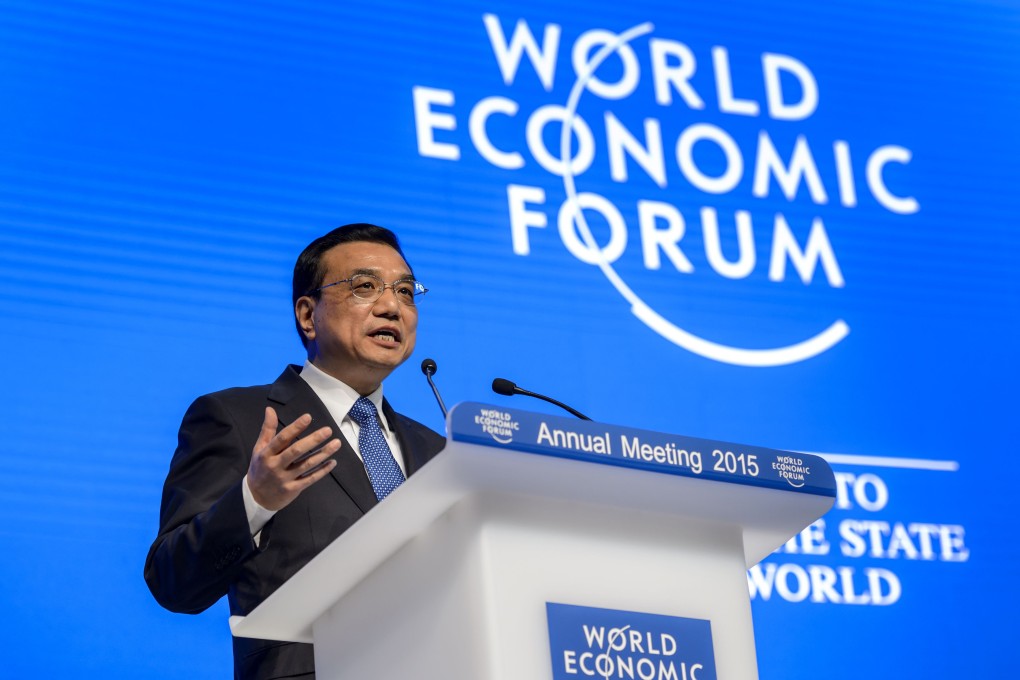New | Likonomics returns as premier faces slowdown challenges
Premier Li's economic policy makes return to boost infrastructure investment and restore steady growth without stimulus measures

Likonomics is back. But unlike 2013, when the term was first coined by independent observers assessing the policy style of new premier Li Keqiang, what has been dubbed Likonomics 2.0 was first trumpeted in Chinese media reports of Li's appearance at last month's World Economic Forum in Davos.
The return of the term appears aimed at reinforcing the image of Li as a leader highly knowledgeable about economics and dedicated to overhauling the country's growth pattern.
Observers said Li's administration was also seeking to emphasise its commitment to targeted policy without resorting to massive stimulus, after China's gross domestic product expanded 7.4 per cent last year, the slowest pace in 24 years.
Despite challenges from overcapacity and a real estate slowdown, China should have ample room to spur infrastructure investment and ensure GDP growth of about 7 per cent this year, analysts said.
Yao Jingyuan, an adviser to the State Council and former National Bureau of Statistics chief economist, said "range-based adjustment and control" was key to understanding Li's economic thinking.
"I believe we should keep 7 per cent steady growth for the economy so as to safeguard jobs," Yao said. "Some said 2015 economic growth might fall off a cliff. They simply didn't understand China's economic fundamentals.
"[Communist Party] general secretary Xi Jinping and Premier Li, the two navigators of the Chinese economy, would never let the speed slow abruptly to tier one from tier five."
